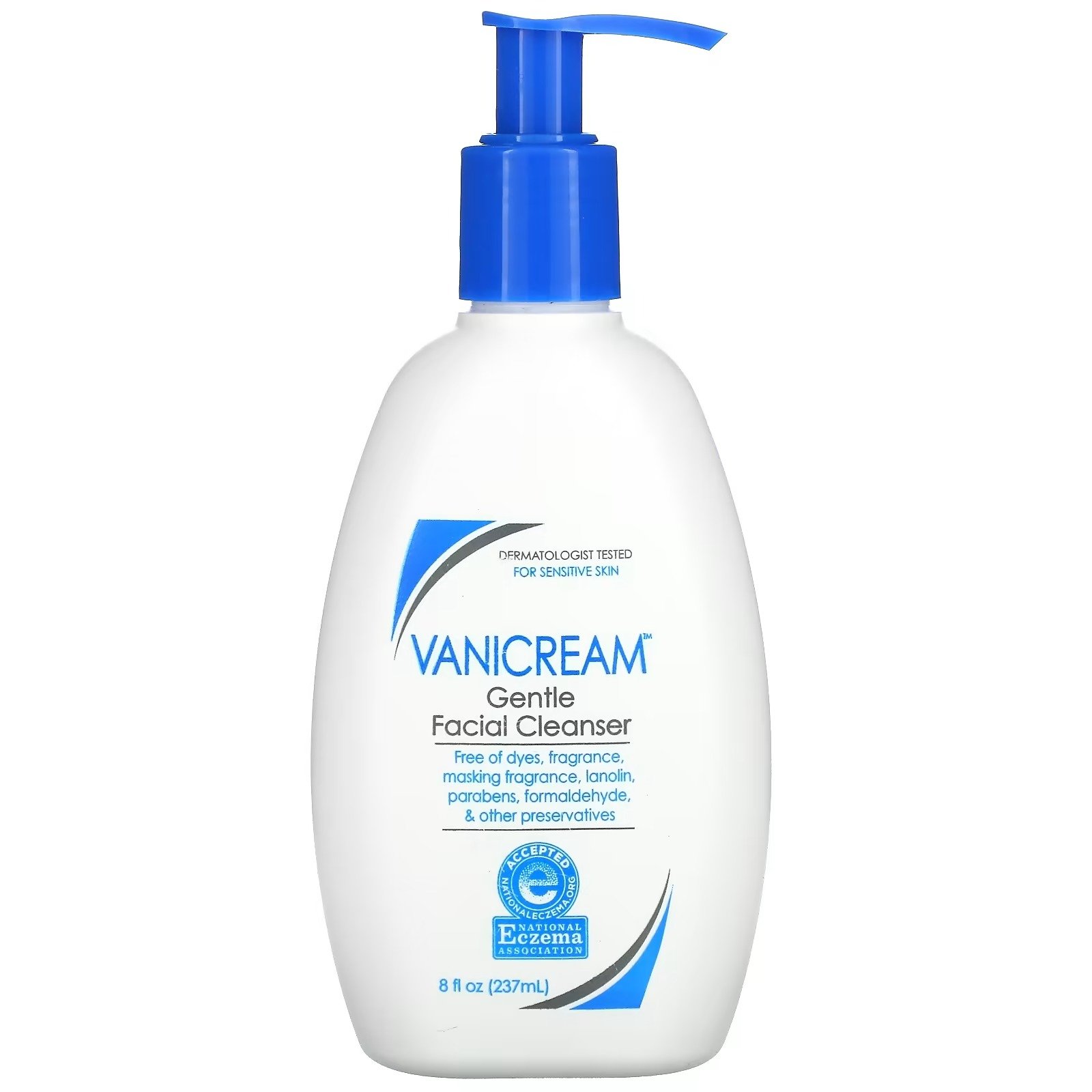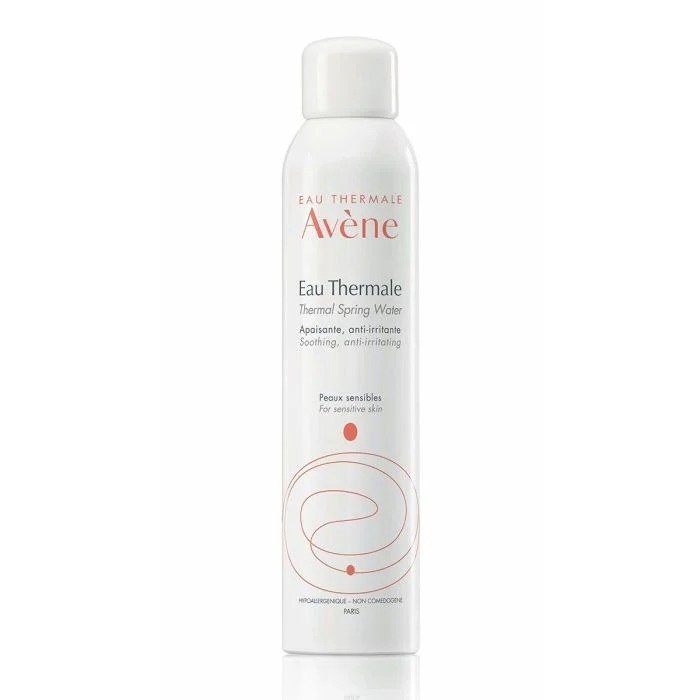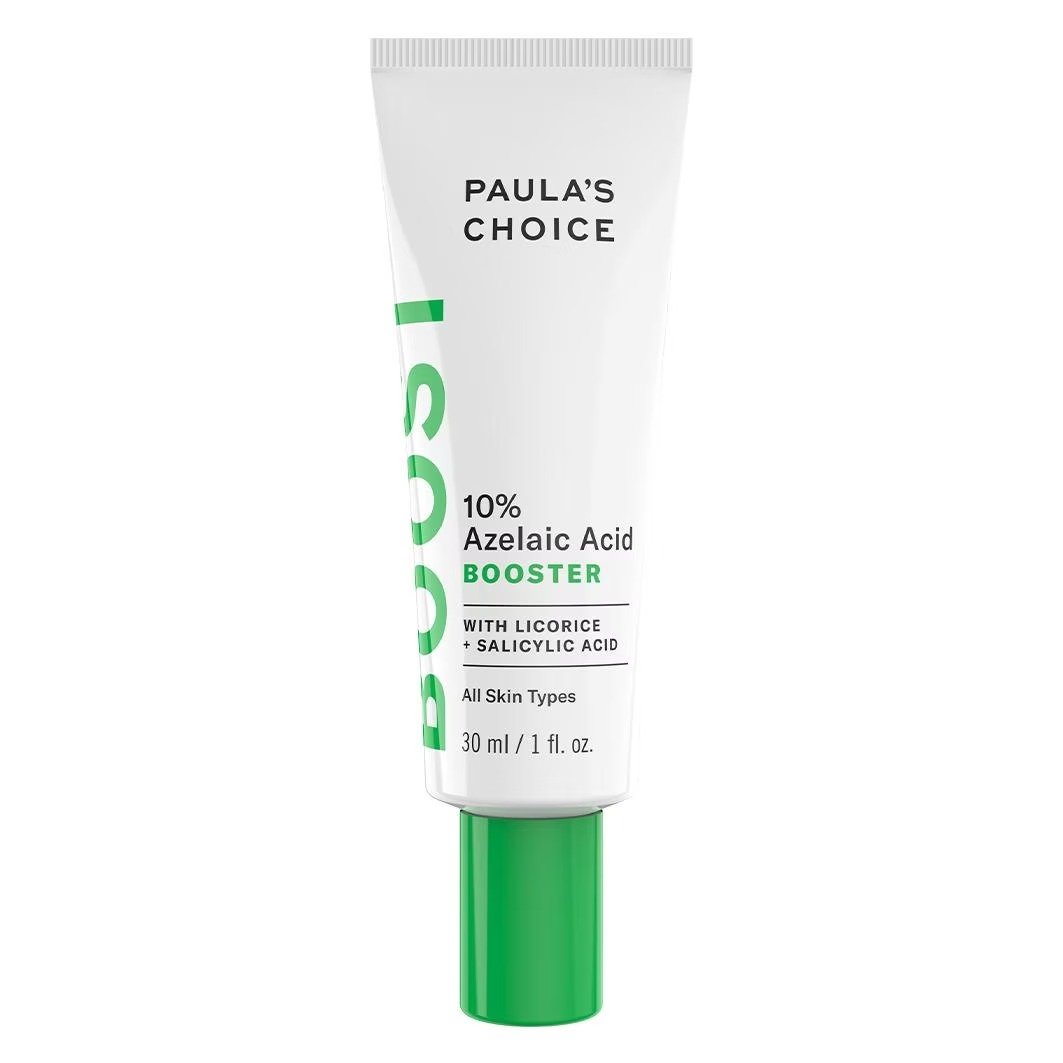Navigating Rosacea: Top Tips and Products for Calming Redness
Here's to the countless individuals coping with rosacea — this is for you. In recognition of National Rosacea Awareness Month, we're shedding light on this common condition to boost understanding and acceptance. Rosacea is a long-term inflammatory skin condition affecting millions globally, and it's high time we dismantle the stigma surrounding it.
Understanding Rosacea: A Comprehensive Overview
In a nutshell, rosacea is a chronic skin condition characterized by persistent redness and inflammation. Stress or anxiety can worsen these symptoms, revealing discomfort on the faces of those affected. This visibility often leads to misperceptions, yet we must understand and accept the facts about rosacea.
While rosacea's symptoms might seem insurmountable due to their visible nature, we should remember that the condition is diverse and encompasses various forms. There are four recognized subtypes of rosacea. Erythematotelangiectatic rosacea and papulopustular rosacea are the most prevalent, characterized by facial redness and broken capillaries, and acne-like symptoms respectively, minus the blackheads. Furthermore, we have Phymatous rosacea that results in the enlargement of facial features, and Ocular rosacea that primarily affects the eyes.
Rosacea does not discriminate; it could affect anyone, although it's more conspicuous in individuals with fair skin. However, accurate diagnosis is crucial in those with darker skin tones to avoid misguidedly treating acne instead of rosacea. The exact cause remains undetermined, though genetics, compromised skin barrier, skin mites, certain yeasts, bacteria, and multiple triggers like alcohol, caffeine, spicy foods, heat, stress, and specific medications are considered contributing factors.
Understanding your skin is critical. It does not operate in isolation but responds to various stimuli. By understanding these responses, you can offer your skin the care it requires promptly. For the scope of this discussion, we will concentrate on the redness and blemishes typical of rosacea, excluding its impact on the nose and eyes.
Lasers are a powerful tool in the treatment of rosacea, often touted as the 'gold standard' for alleviating skin redness. However, relying solely on lasers without maintaining a comprehensive skincare routine is akin to scheduling an annual dental cleaning without daily teeth brushing. Without consistent care, laser treatments become an ineffective and expensive option, much like the fruitless agony of a dental visit without daily oral hygiene.
The Importance of Personalized Skincare
The critical point here is the necessity of a tailored skincare regime. Knowing why you use specific products, the benefits they offer, and their effectiveness is paramount. For those grappling with rosacea, I'd appreciate your thoughts on this: What do you seek in a product's promises when aiming to reduce redness, rosacea, and skin imperfections?
Products that work should strive to minimize redness, utilizing ingredients proven to markedly decrease redness. They should soothe and pacify your skin, aiming to restore your skin barrier and lessen resultant inflammation.
I understand the attraction to fragranced skincare products, and I confess to being entranced by the aroma appeal of skincare. However, for rosacea sufferers particularly, I strongly suggest erring on the side of caution when it comes to fragrances. They might potentially aggravate rosacea-related skin irritation. Skincare products with a green tint can be exceptionally useful in counteracting the redness associated with this condition.
Rosacea is often dubbed "adult acne," but it's vital to distinguish between the two. Unlike adult acne, rosacea doesn't include blackheads, and harsh ingredients like retinol or adapaline that may incite an inflammatory response should be avoided. If you have papulopustular rosacea, it's best to refrain from using retinol until your skin is less inflamed.
Effective Cleansers and Mists
There are numerous products available that can help in managing rosacea symptoms, reducing redness gradually. For instance, Avène has their XeraCalm cleanser, a well-respected option among those dealing with redness, made with mineral waters rich in magnesium, silica, and calcium. These minerals are thought to possess anti-inflammatory properties, potentially helpful for chronic conditions like rosacea.
A cost-effective alternative is "Selfless by Hyram," which you can find at Target. This product contains centella and green tea, both known for their calming effects on the skin. Additionally, Vanicream is a reliable, no-frills cleanser. For effective makeup removal, you might need to pair it with Bioderma micellar water.
Lastly, a Ketoconazole shampoo, such as Nizoral, though not a cleanser, can be advantageous for rosacea sufferers experiencing swelling, redness, and flaking. Applying this shampoo to affected areas three or four times a week can provide relief - just remember to leave it on for a few minutes before rinsing.
Reducing not only the redness but also the flaking often associated with skin conditions is key. This is due to the need to eradicate the yeast that frequently plays a role. Utilising targeted cleansers can be worthwhile. Give these cleansers a few minutes on your face before rinsing, to let the ingredients work their magic in reducing the redness.
Over time, if you're in the market for items like mists, Avene's thermal water could be on your list. If your primary aim is to hydrate your face, perhaps while travelling, there are superior alternatives. But if you're aiming to soothe redness and decrease inflammation, this product serves you well.
I also endorse Tower 28's hypochlorous acid SOS spray. Despite misconceptions, it is neither salt water nor bleach, but a distinct chemical compound. It holds a milder pH, more in harmony with your skin, hence it's less harsh. Therefore, it can help to cleanse and eliminate antimicrobial activity that might be exacerbating your skin condition.
Potent Serums and Acids for Rosacea
Experimenting with serums can also be rewarding. A recent addition to my favorite lineup is the "De-puffer," a serum designed to diminish redness. It incorporates centella asiatica and niacinamide, at a maximum of five percent, alongside other ingredients with a track record of reducing redness.
InnBeauty's "Green Machine" is a green vitamin C serum. The vitamin C in it, Tetra hexadecile ascorbate, is in a light, watery serum form. It's not in its active form and hence is less irritating than ascorbic acid.
Paula's Choice Azelaic acid has antimicrobial, anti-inflammatory properties and helps regulate your skin better. However, it has a strong odor and tends to pill. If you can tolerate it during the day, that's great. Although, as it might cause pilling, night-time usage is often better. This product's concentration is 10%, the optimal level for visible benefits. Consider The Ordinary's Azelaic Acid Suspension as another option. Despite pilling, it's more affordable and also has a concentration of 10%. At $11, it's worth a try.
Key Sunscreens and Innovative Tools for Skin Protection
For sunscreen, an always reliable choice is Dr. Jart's Cicapair. However, if you have a dark complexion, it might appear pasty. Another suggestion is Hero Cosmetics Force Shield Super Light Sunscreen SPF 30. It's fragrance-free, has a green tint, and costs $20. Physical sunscreens like this can be better than chemical ones, as they less often cause irritation. However, not all physical sunscreens have the same quality, so these two are my recommendations for managing your skin condition in the long run.
Here's a life-changing tip that I swear by, particularly during scorching summer days or during those stressful situations - a cooling neck fan. It serves a dual purpose - not only does it prevent my skin from becoming red, but it also aids in managing melasma. It's shaped like a Bose headset and fits snugly around your neck. It might come across as a bit unusual, but believe me, it does the job beautifully. Whether I'm lounging at the beach or strolling in sweltering 90-degree temperature, it's a true blessing. It keeps me cool and prevents my face from flushing too much.
I'd also like to highlight few helpful prescriptions such as Metronidazole and Ivermectin. These two, when used in tandem, make for a potent mixture. Ivermectin, an anti-parasitic agent, helps tackle the Demodex mite, a parasite often found in higher numbers in individuals with rosacea. It aids in keeping it under control. Remember, antibiotics often come into play not only for their antibacterial properties but also for their anti-inflammatory benefits.
I hope you find this article valuable. These tips and tricks could be a real game-changer for your skincare regime. If you're looking for personalized advice, it's always best to consult a dermatologist in person but I’m hoping that this article shed some new light on your skincare journey and armed you with a few new tricks. But remember, consistency is king when it comes to skincare, and sadly, there's no magic wand for instant results.



























